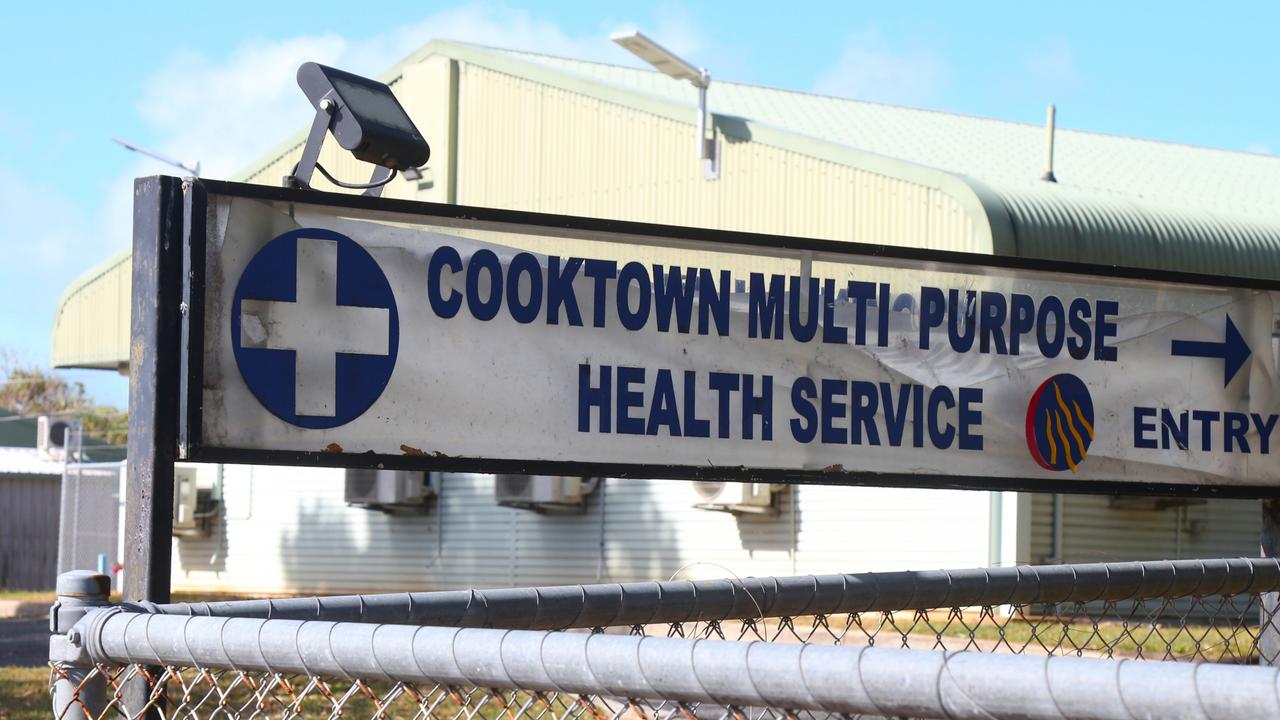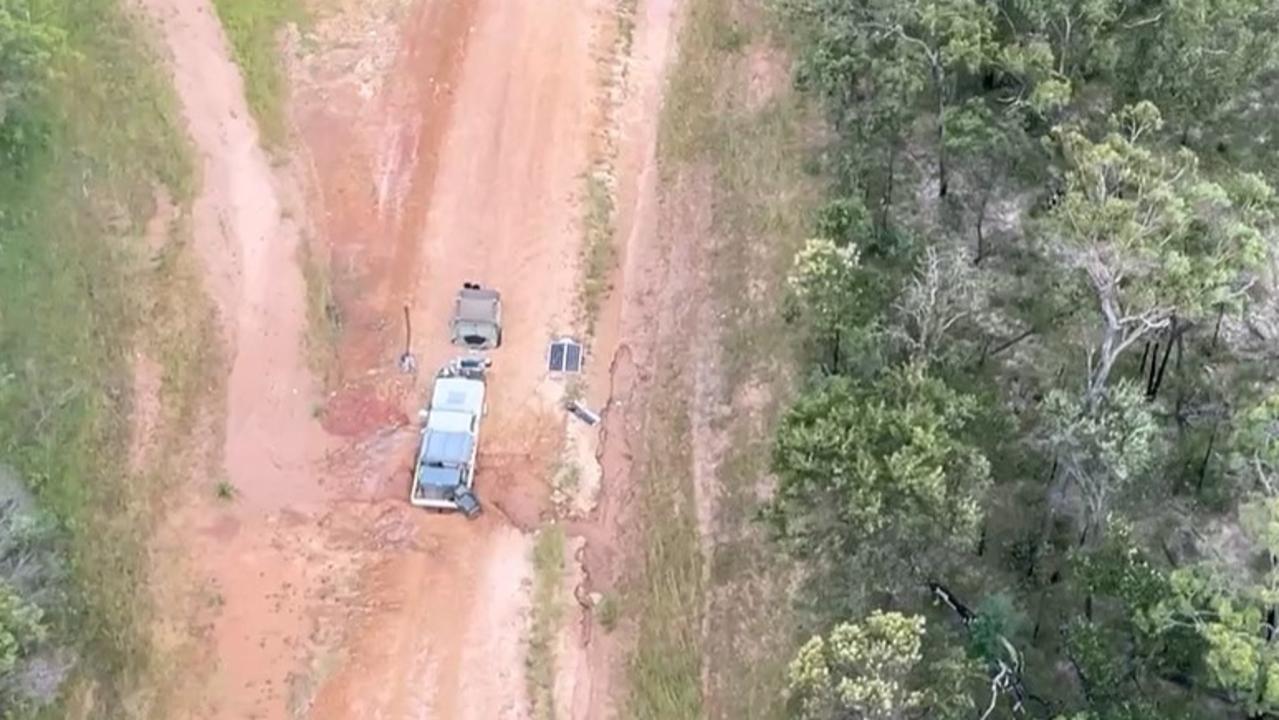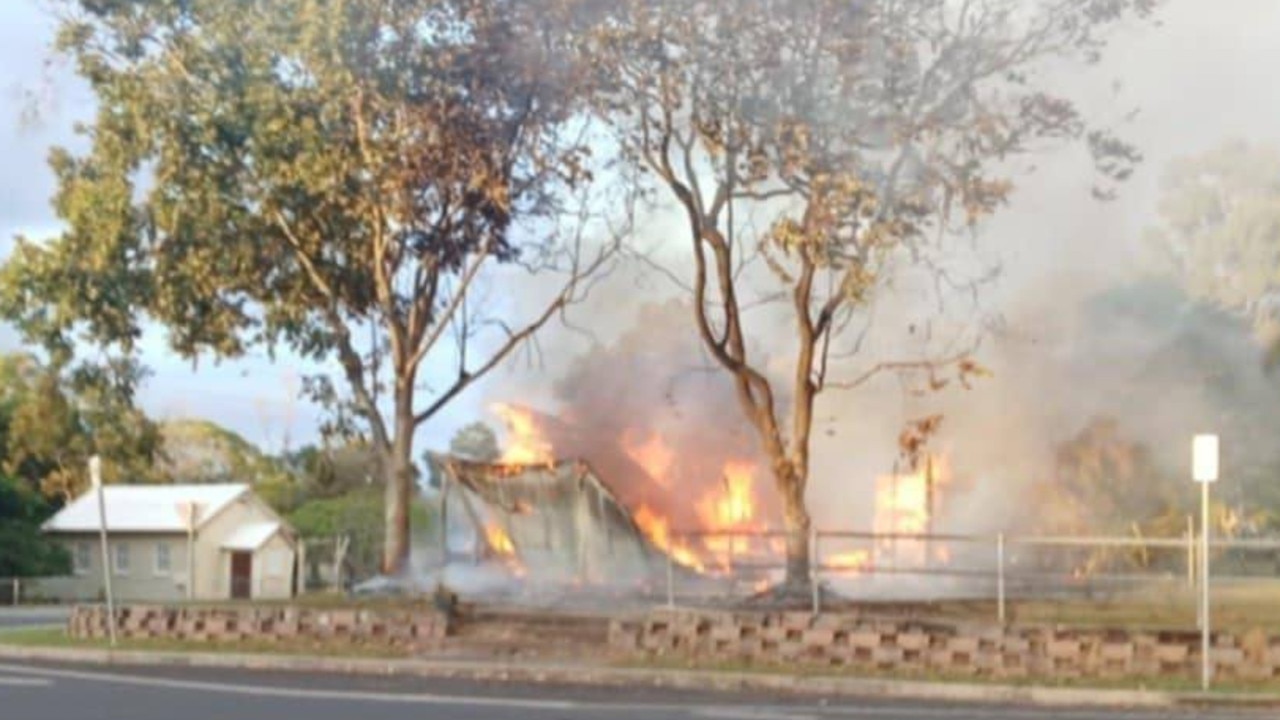High temps leave widespread coral bleaching in Far Northern Great Barrier Reef
An underwater photographer working on the Great Barrier Reef says widespread bleaching has left her “heartbroken”, but tourism operators say there’s still plenty for visitors to see.

Cairns
Don't miss out on the headlines from Cairns. Followed categories will be added to My News.
An underwater photographer working on the Great Barrier Reef says widespread bleaching has left her “heartbroken”, but tourism operators say there’s still plenty for visitors to see.
Angelina Pilarinos has been working on the reef for seven years.
She said on the outer reef, beyond the reach of flood plumes, “shallow corals are turning ghostly white or glowing in intense fluorescent hues”.
She said the coral bleaching was the direct result of rising sea temperatures and “yet another marine heatwave”.
Her photos show baby corals trying to repopulate a barren area devastated by previous bleaching events.

These baby corals are the hope for the future of the Reef, but back-to-back bleaching events are making it harder for them to recover, Ms Pilarinos said.
Although cooler temperatures are on the way, Ms Pilarinos said those corals which recover from bleaching will face stunted growth, reduced reproduction, and greater susceptibility to disease and death after expending so much energy recovering from back-to-back bleaching events.
In its most recent reef health update from April 9, the Reef Authority reported coral bleaching on 34 of the 42 reefs surveyed.
More concerning for the Cairns, Port Douglas and Lizard Island tourism industries, 82 per cent of corals on the north and far northern sections were currently displaying bleaching, according to the report.

There was some good news, with the central and southern reefs spared widespread bleaching this summer, and bleaching in northern stretches mostly limited to shallow reef flats under 5m.
“The bleaching I’m seeing near Cairns is mostly limited to shallow reef flats (less than 5m deep), and at greater depths, I still see thriving coral - still beautiful, still worth protecting,” Ms Pilarinos said.
“There is some bleaching in the top part but even that is coming back now as it is cooling down,” he said.
“It’s definitly not dying, I can tell you that now.
Mr Jones said the reef had been recovering well from the previous summers bleaching event.
“I have been in it for years now, I have seen it completely devestated.
“We have one reef called Briggs Reef which had the crown-of-thorns starfish kill it and now it is one of the most thriving reefs around.

“We haven’t had any mass bleaching, I would say 10 percent and as long as it cools down quick enough then it has a good chance of survival.
Mr Jones said there were a couple of places with zero bleaching and a number of cays that were thriving.
“Upolu Cay has got zero bleaching and Briggs Reef is only about 10 per cent bleached,” he said.
“Green Island was devestated around seven years ago and that is completely back so we have seen complete devestation come back.”
North of Cairns, research station director Dr David Abrego, speaking with Word on the Reef, said Lizard Island was now bleaching for the sixth year in a row.
He said annual GBR bleaching was now a reality, decades earlier than predicted.
“Unfortunately we are seeing some bleaching again this year, it is not as severe as last year,” he said.

“Some middle reefs are looking really quite bleached.
“They were quite affected last year so whatever is left has bleached again.”
He said they are seeing similar seems every year now.
“That is a problem because corals need time to recover, when they bleach and die its takes a long time to regroup, grow and re-establish populations.”
“You need sometimes four to five years to get back to a really nice reef.
“they had such a devastating loss last year that it may not look as bad this year but if they are bleaching again this year that has implications for the recovery.”
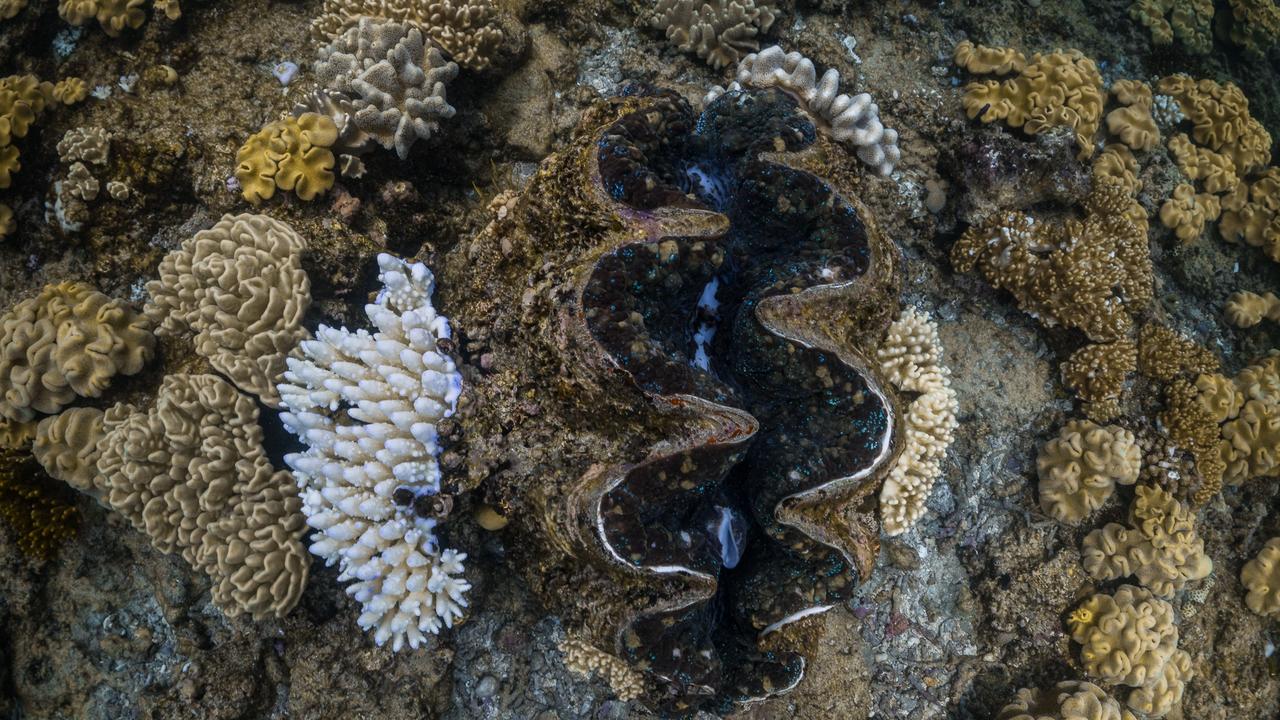
Back-to-back widespread bleaching has occurred only once before in the years 2016 and 2017.
The Reef Snapshot: Summer 2024–25, published on April 16 by the Great Barrier Reef Marine Park Authority, states:
“Results of aerial surveys and in-water monitoring to date suggest the Reef has experienced widespread coral bleaching across the Far Northern and Northern regions of the Marine Park — mostly a result of prolonged exposure to higher-than-average water temperatures.”
The Reef Snapshot says there have been widespread impacts in the shallows of reefs across the Far Northern and Northern regions:
“Forty-one per cent of the 162 inshore and mid-shelf reefs surveyed recorded medium to high bleaching prevalence.”
Simon Miller, Great Barrier Reef Campaigner at The Australian Marine Conservation Society, said the number one thing the Australian and Queensland Governments must do is adopt reef-safe climate policies.
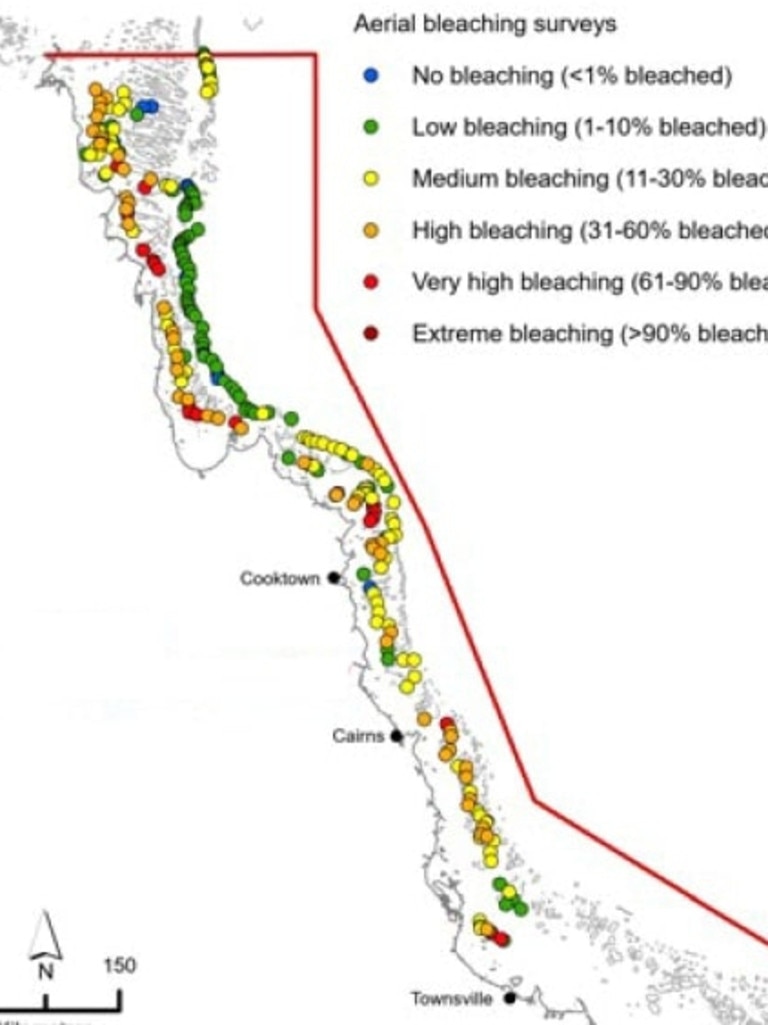
“That means cutting climate pollution by 90 per cent by 2035 and stopping approvals for new fossil fuel projects. Without tackling the root cause of the problem, the Reef’s long-term health and resilience are seriously jeopardised,” he said.
“The Reef also urgently needs an emergency response plan, which the Australian and Queensland Governments implement in response to events that push reefs beyond their limits.
“They should be pulling every lever to reduce pressure on the Reef. Delay is no longer an option.”
More Coverage
Originally published as High temps leave widespread coral bleaching in Far Northern Great Barrier Reef




